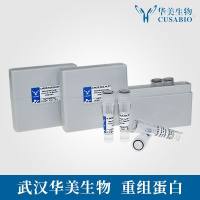Assessment of Xenobiotic Biotransformation Including Reactive Oxygen Species Generation in the Embryo Using Benzene as an Example
互联网
互联网
相关产品推荐

4-broMo-3-chloro-benzene-l,2-diaMine
¥64

Recombinant-Arabidopsis-thaliana-Sterol-14-demethylaseCYP51G1Sterol 14-demethylase EC= 1.14.13.70 Alternative name(s): Cytochrome P450 51A2 Cytochrome P450 51G1; AtCYP51 Obtusifoliol 14-demethylase Protein EMBRYO DEFECTIVE 1738
¥13118

Recombinant-Danio-rerio-Reactive-oxygen-species-modulator-1romo1Reactive oxygen species modulator 1; ROS modulator 1 Alternative name(s): Protein MGR2 homolog
¥9492

C-Reactive Protein重组蛋白|Recombinant Human CRP / C-Reactive Protein
¥2570

hldE/hldE蛋白Recombinant Escherichia coli Bifunctional protein HldE (hldE)重组蛋白Including the following 2 domains: D-beta-D-heptose 7-phosphate kinase蛋白
¥2328

